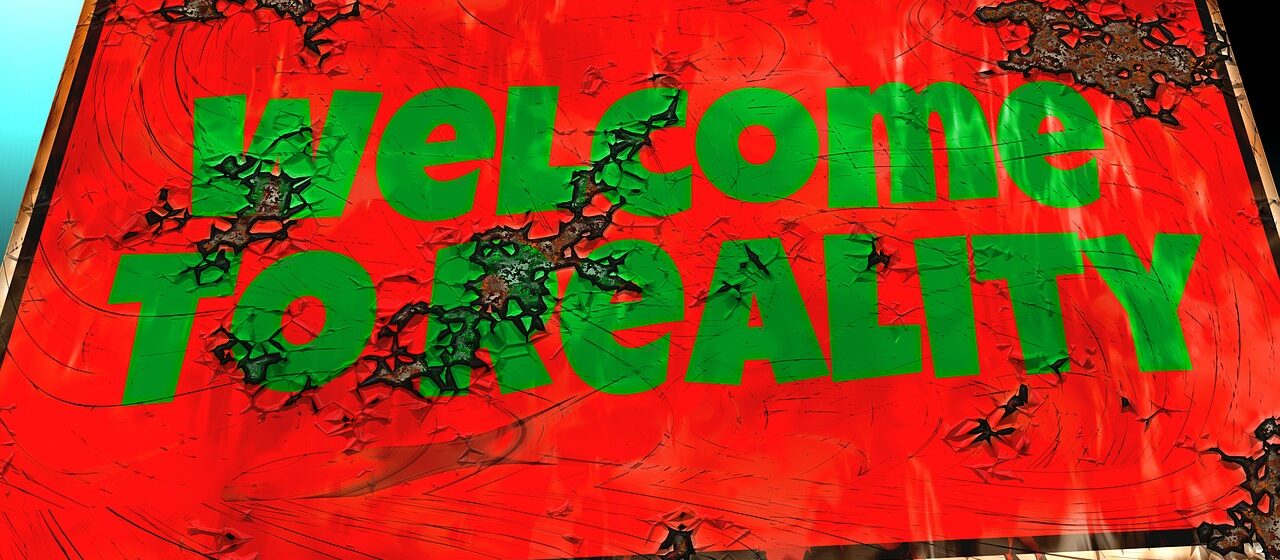Image by Gerd Altmann from Pixabay
Have you looked at the various job descriptions for HR Leaders lately? We have. Job descriptions list the skills, education, responsibilities, and expectations of that role for that particular organization. But do those expectations align with the realities of the HR leadership role? Expectations can be clean and pretty. Reality can be messy. Let’s dig deeper.
What Are HR Leaders Job Description Requirements?
During our research of HR Leader job descriptions from multiple industries, we found many different job titles associated with HR leaders:
- Chief Collaboration Officer
- Chief Human Resources Officer
- Vice President of Human Resources
- Director of Employee Engagement
- Director of Human Resources
- Senior Vice President of People Operations
- Senior Vice President of Strategy and Culture
- Senior Vice President of Global Talent
We encountered more, but you get the gist. The list of titles is long for HR leaders.
And as we looked through the job descriptions of these different titles, we recognized these typical roles and responsibilities were listed:
- Strategic business partner
- Resource and authority on HR policies, practices, resources, and transactions
- Communicate and implement HR practices and goals
- Build and maintain the company culture consistent with the mission and core values
- Ensure HR policies and programs comply with labor laws and regulations
- Recruit and hire new employees
- Develop training and professional development programs
- Improve employee retention rates
And here are typical key competencies and skills listed in the HR leaders job descriptions:
- HR expertise
- Business acumen
- Critical evaluation
- Conflict resolution
- Influencing
- Change management
- Effective communication
- Diversity, Equity, and Inclusion
- Forward-thinking
- Problem-solver
- Innovative
- Strategic
- Ethical
- Empathic
- Accountable
Those are a lot of expectations and responsibilities, right? But do those items in job descriptions provide the reality of the HR Leader role? Let’s look at some skills identified by Forbes Human Resources Council members that they have found useful in their HR leader roles. And guess what, these weren’t skills listed in the job descriptions we researched. But they were the skills dealt with in reality every day.
Skills HR Leaders Need For Business Success
In the article, 14 Skills Every HR Leader Needs For Success In Business, the Council members list these skills:
- Empathy. This skill will help you better understand your workforce to support, guide, coach, and influence them.
- Coaching. This skill will help you empower leaders to become effective at leading people.
- Empowerment. This skill is important because it helps employees feel like they have someone backing them up and that mistakes are okay.
- Active Listening. This skill isn’t about just hearing!
- Hybrid and Remote Management. This skill will help you prepare for how traditional talent models need to evolve.
- Employee Engagement. This skill will help you know how to recognize and acknowledge employees’ contributions, based on their preferences.
- Partnership Building and Advisory. This skill will help you build skills beyond power skills (previously called soft skills) to learn more strategic, business partner, and advisor skills.
- Career Development. This skill will help you develop people with passion.
- Problem Solving. This skill will help you deal with not only the “shining star” employees, but also with the challenging and underproducing members.
- Mindfulness. This skill will help you lead with positive intent, even in difficult situations.
- Humility. This skill will help you in your ability and willingness to learn. In return, it will generally boost performance levels.
- Influence. This skill will help you learn influential tactics for senior management to establish credibility and confidence.
- Effective Communication. This skill will help you with two-way communication, pausing and reflecting, and understanding different communication styles.
- Self-Authenticity. This skill will help you with self-awareness, self-reflection, self-regulation, and self-management.
Granted, all these lists and bullet points have been insightful with regard to expectations and reality of the HR Leader role. But there seems to still be a gap or disconnect when it comes to understanding how to measure success or gaps. Where in all these lists do you see anything about data, analytics, trends, insights, and data-driven decisions? That’s a problem. You measure what you value. Where is the measurement of all of these lists?
Measuring The HR Leader’s Reality
As an HR leader, your reality is that the typical HR team is moving beyond employee relationships and paperwork to a data-driven role. That might feel scary and messy. Maybe it pushes you beyond your comfort zone and skill level. Don’t worry! We’re here to help.
Employee Cycle is changing the way HR leaders use data, beginning with transforming their disconnected employee data into a user-friendly, centralized, and real-time HR analytics dashboard. This helps companies view, track, and analyze their workforce data from disparate HR systems in one place with beautiful charts, helping to avoid risks, save costs, and ultimately increase their employee lifetime value.
Want to learn more? Schedule a demo today! We’ll help you tackle the realities of your HR leader role and make data-driven decisions to help you succeed.












